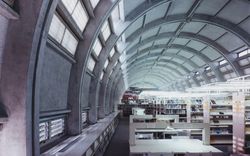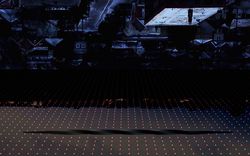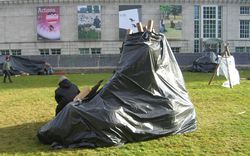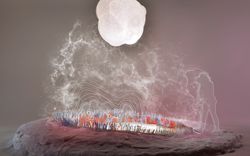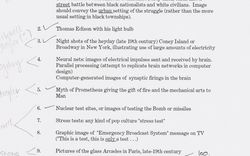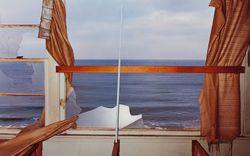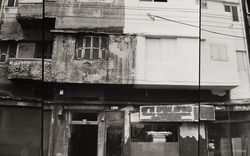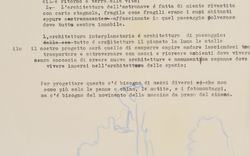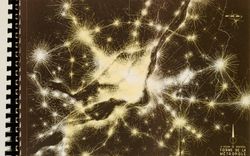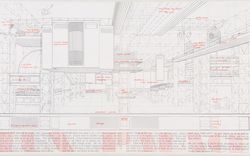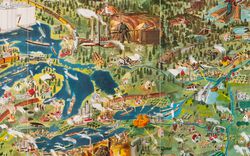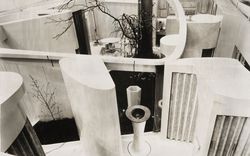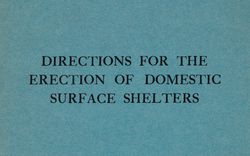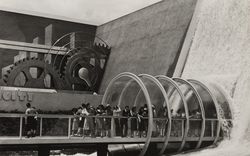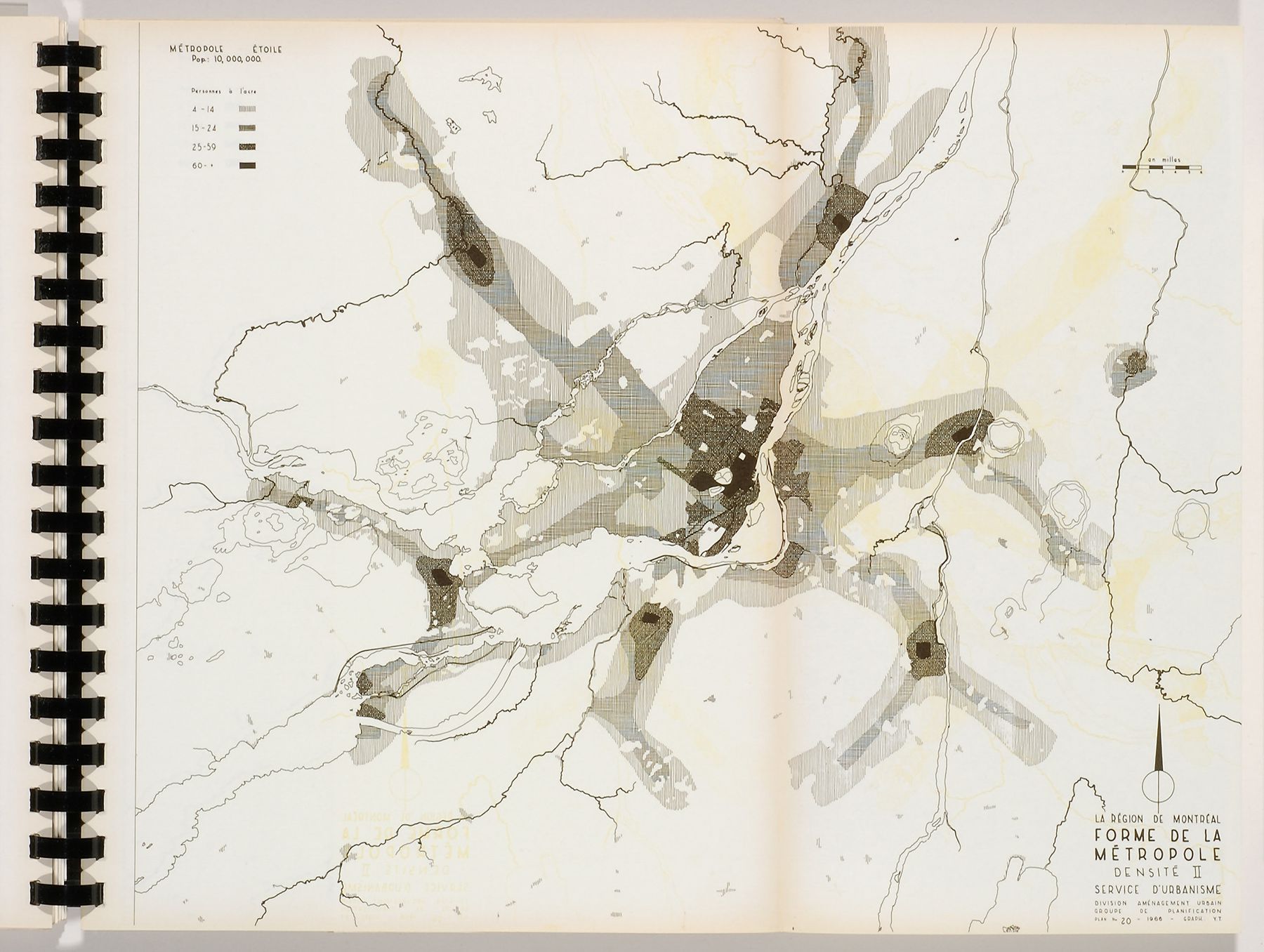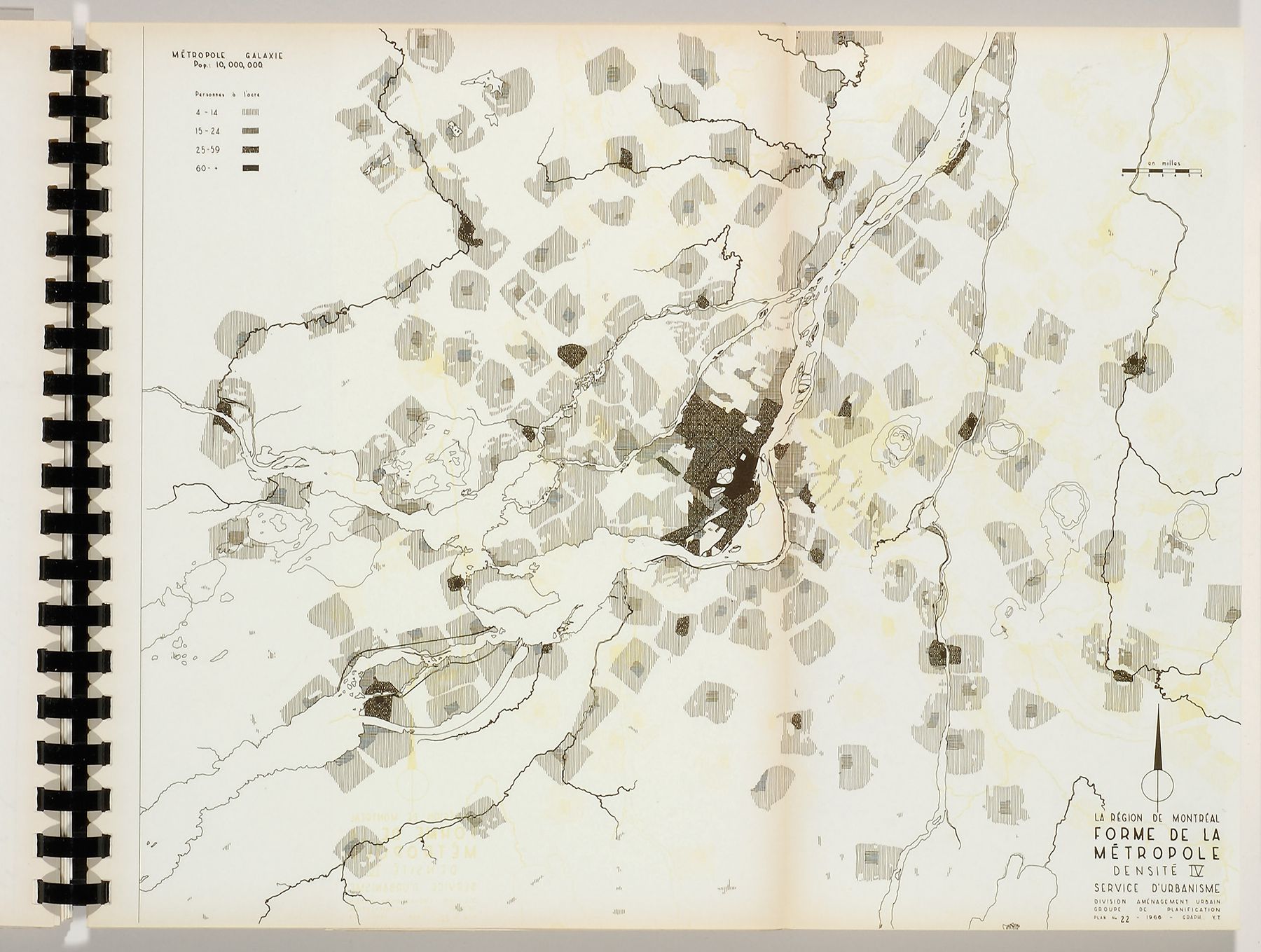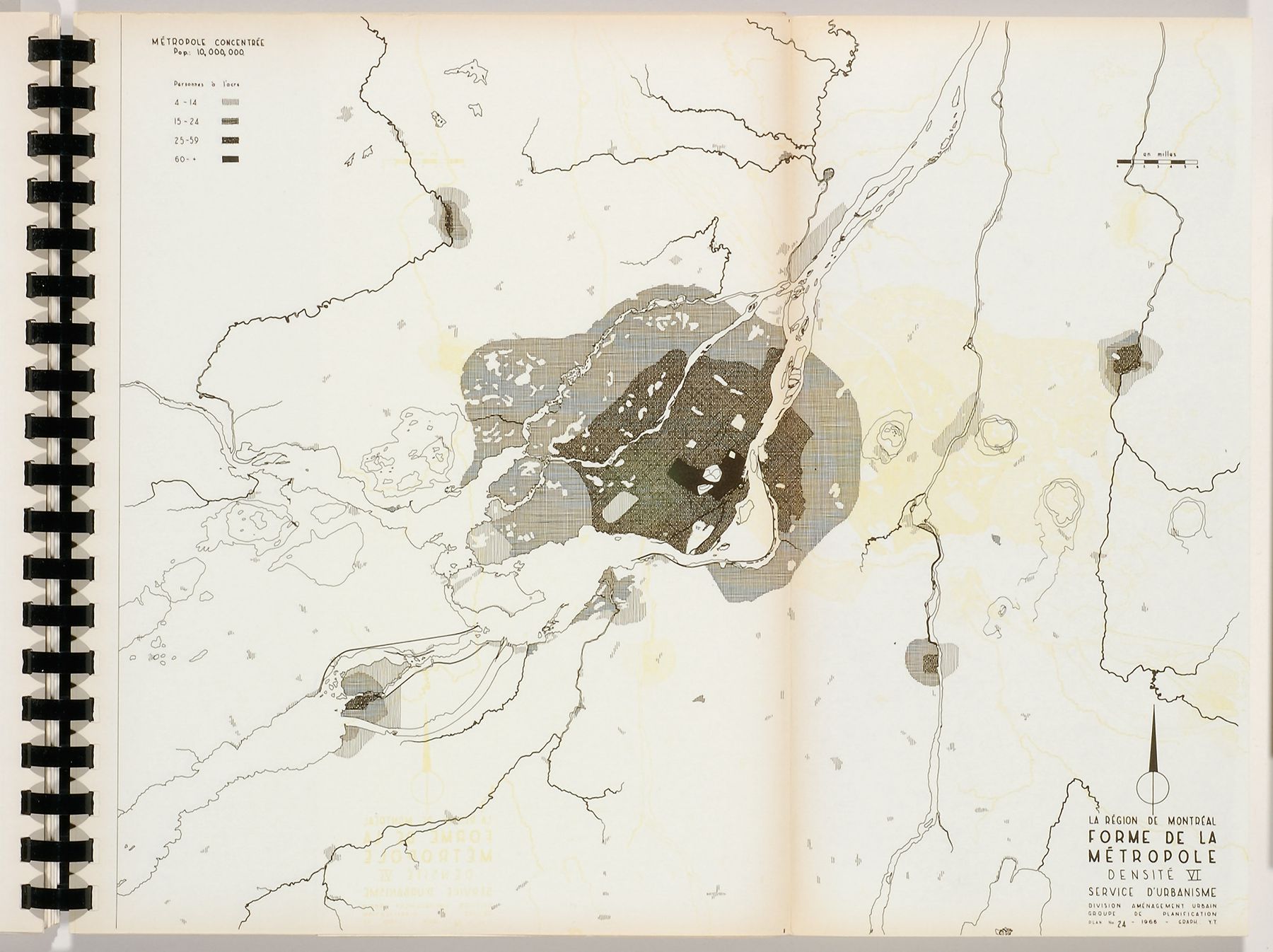1966: Galactic Metropolis
In the mid-1960s, the city of Montreal carried out a series of studies that considered a variety of possibilities for the city’s form following models of other cities around the world: star-shaped, dispersed, linear, concentrated, galactic, and ring. The plans below present some of the options.
Planners ultimately chose a hybrid of these types, with a concentrated centre and a four-pointed star extending toward the periphery. As of 2011, the city had 1,649,519 residents, with 3,407,963 in its greater urban area.
Several of these plans appear in our 2004 publication The 60s: Montreal Thinks Big, which accompanied an exhibition of the same name.
